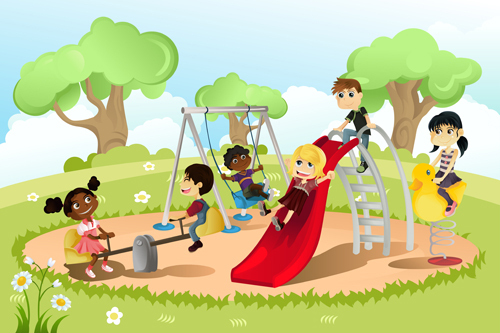A: This is a short question that has an answer that could go on for pages and pages and even become a book. Don’t worry, I’m not going to do that to you, but I do want to hash out a longer answer so that everyone can understand developmentally normal shyness in young children, as well as the role that socialization can play in our children’s lives.
So, a 2-year-old! Congrats, you are raising one intense little human. Two-year-olds, on a good day, are exhaustingly fun. If you feel as if you’re living with someone who has a split personality, you are.
A 2-year-old has the truest joie de vivre of any human out there. One minute, she is exploring her world with wide-eyed wonder, and the next, she seems to be regressing into a baby. Clingy, whiny and indecisive, 2-year-olds can be baffling. Didn’t she just indicate that she wanted to go to the park? Wait, does my daughter not love her grandma anymore? Why is she running away from her? It can be confusing, but let’s illuminate what is happening in the mind and body of your child that brings about this separation anxiety.
To begin, separation anxiety is a loaded word. The Diagnostic and Statistical Manual of Mental Disorders, Fifth Edition, defines it as a “diagnosis assigned to individuals who have an unusually strong fear or anxiety to separating from people they feel a strong attachment to. The diagnosis is given only when the distress associated with the separation is unusual for an individual’s developmental level, is prolonged and severe. . . . It is important to note that distress upon separation from a parent is normal for a child at the ages of 8 months until 13-15 months.”
My only issue with this definition? It’s inconceivable that separation anxiety leaves us at 15 months. Why? Let’s look at the purpose that separation anxiety serves in the development of children and how it is not a disorder or something that needs to be corrected, especially in a 2-year-old.
[sc name=”Button Conflict to Cooperation Right”]
Humans are born as one of the most useless species on Earth. We may be good at adapting as we age, but when we are born, we are a mess. We cannot do a single thing for ourselves. When I reflect on this, I remember watching horses give birth to colts and how, within hours, the colt would stand up. On its own! Think of the time required for human babies to accomplish anything. It may feel as if your 2-year-old walked quickly and easily, but there is a great deal of movement (rolling, rocking, crawling and pulling up, just to name a few) needed to get her to that point. This uselessness requires babies to remain close to their main attachment for a long time. Nature designed us this way. To get these big brains to maturity, we need people to take care of us.
Your 2-year-old is excited for the world, but if you can imagine a band stretching from her heart to yours, that band can only stretch so far. As soon as your daughter’s primal panic impulse kicks in and says, “Wait, get near Mom, you are not safe!” she comes bouncing right back to you, clinging to your leg and begging to be picked up. The same is true if a stranger gets in her face too quickly. Your daughter unconsciously knows this is not her main attachment, and she thinks: “I don’t know her. Get away!” This is not a disorder. This is nature doing what it must to keep a child safe.
Does this mean that a 2-year-old can’t have many attachments? She can! She can have her parents, grandma, day care, teacher and others. But too many adults coming in and out of her life will panic her. So, yes, the younger the child, the fewer the attachments.
